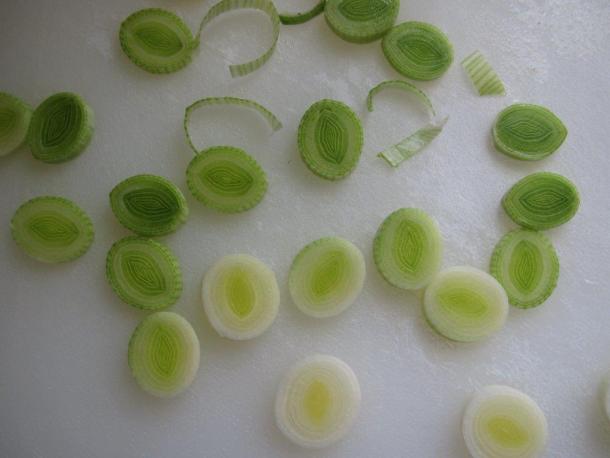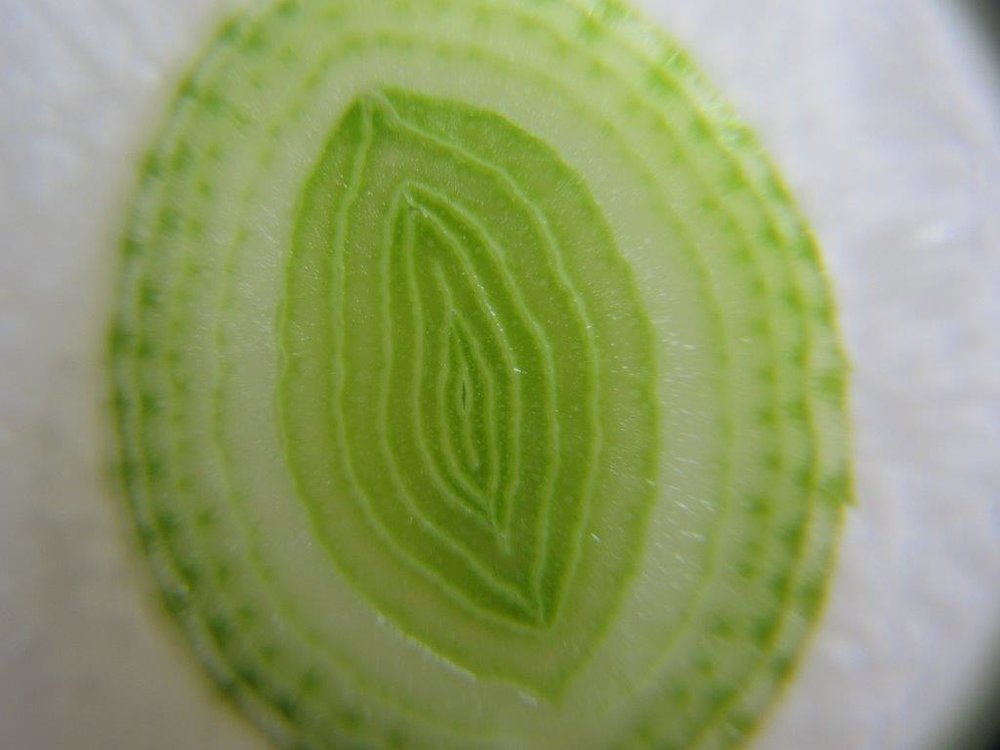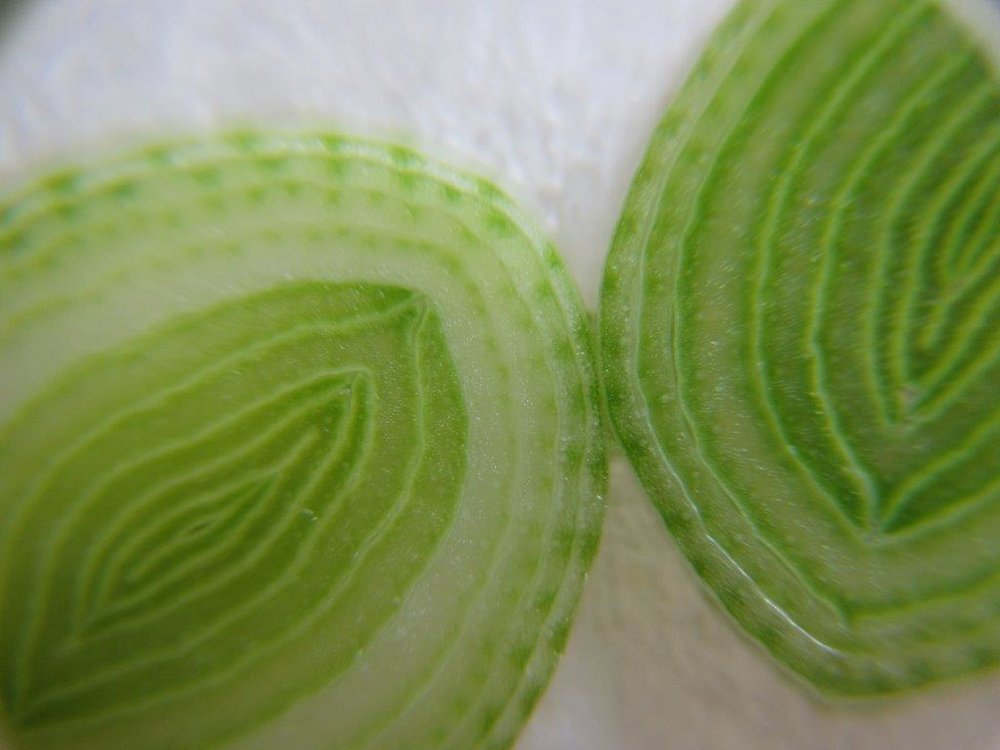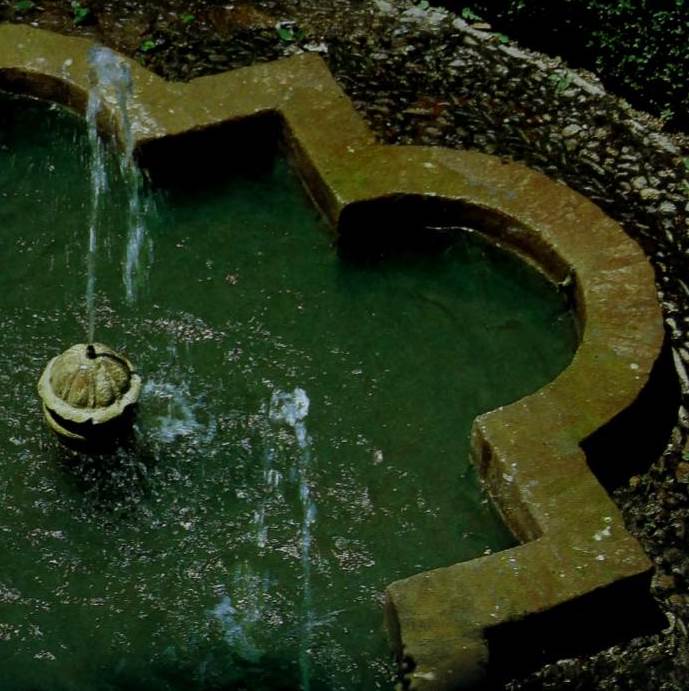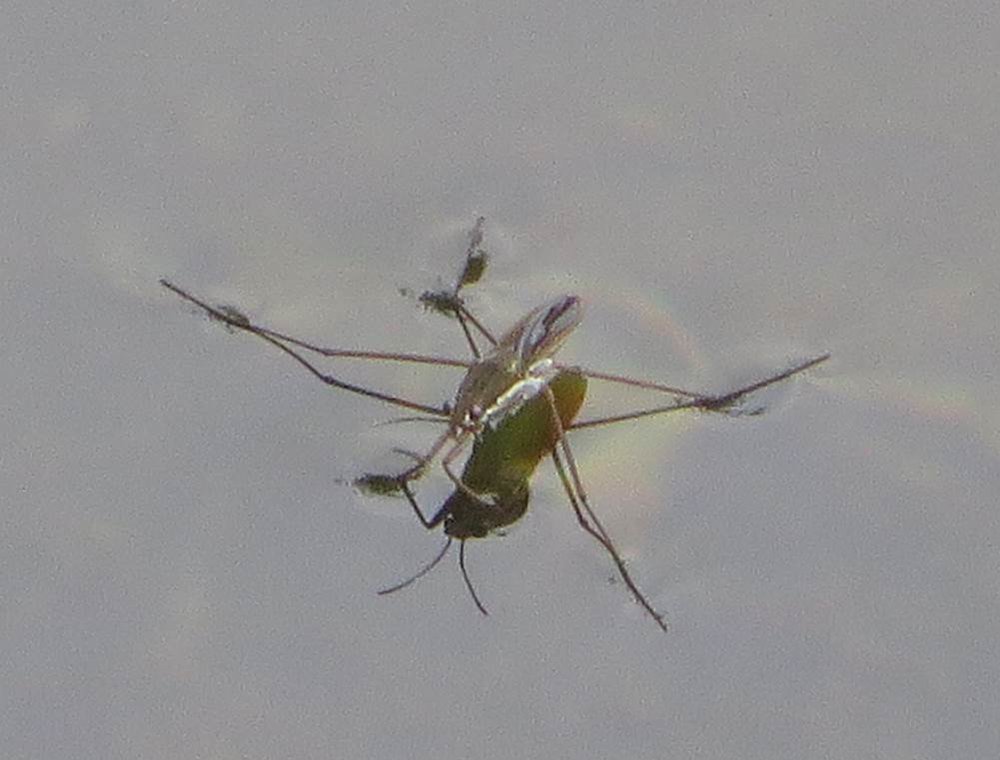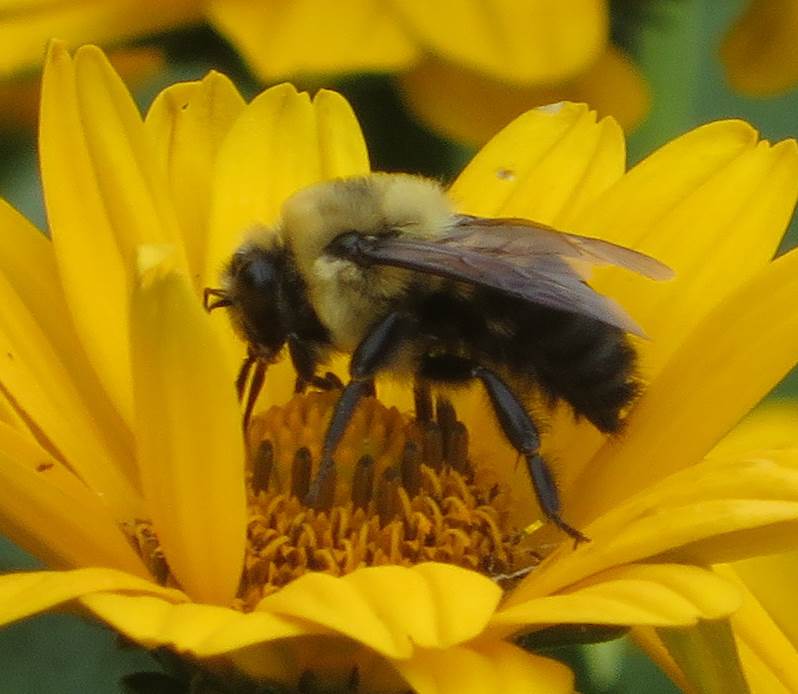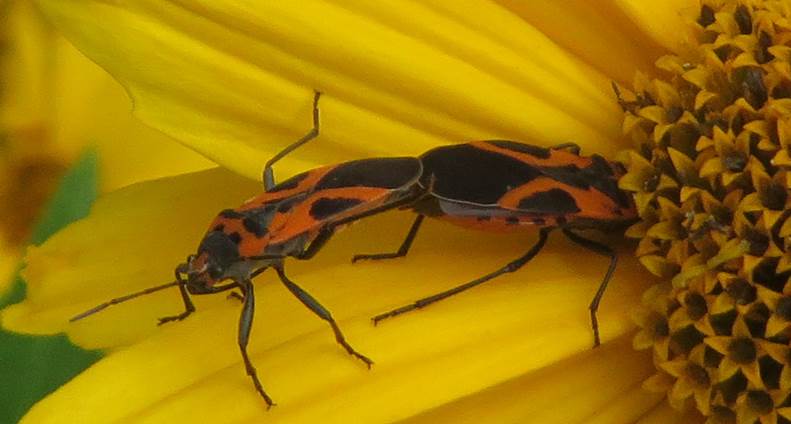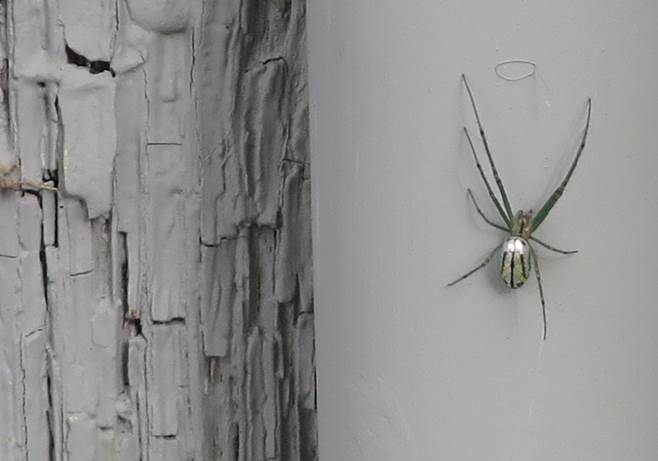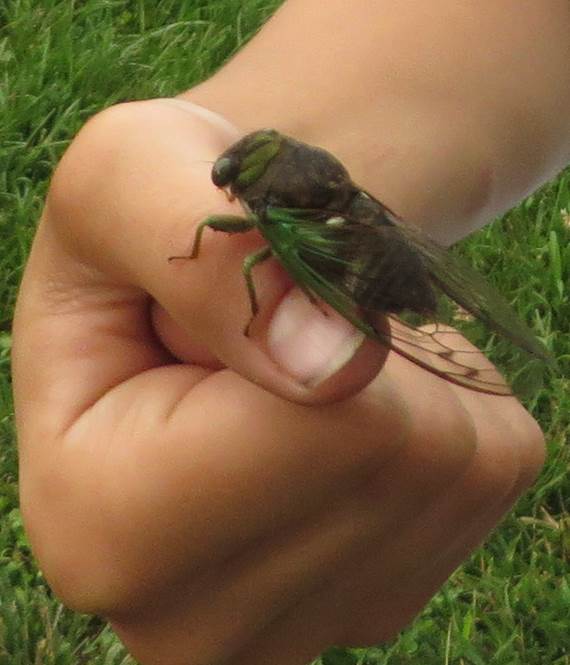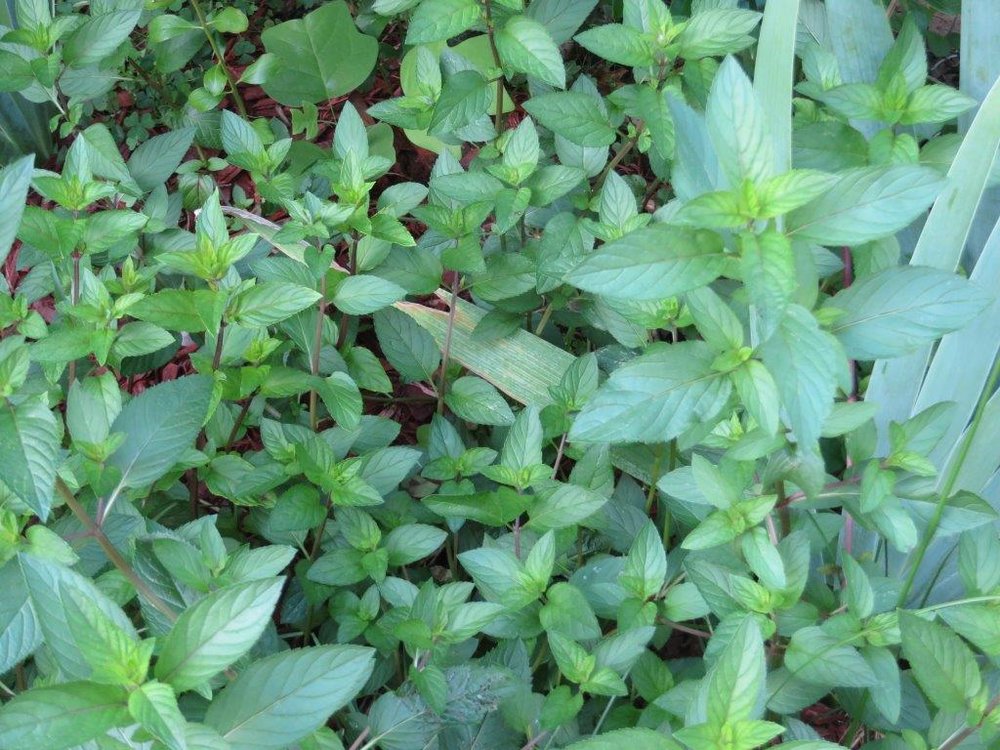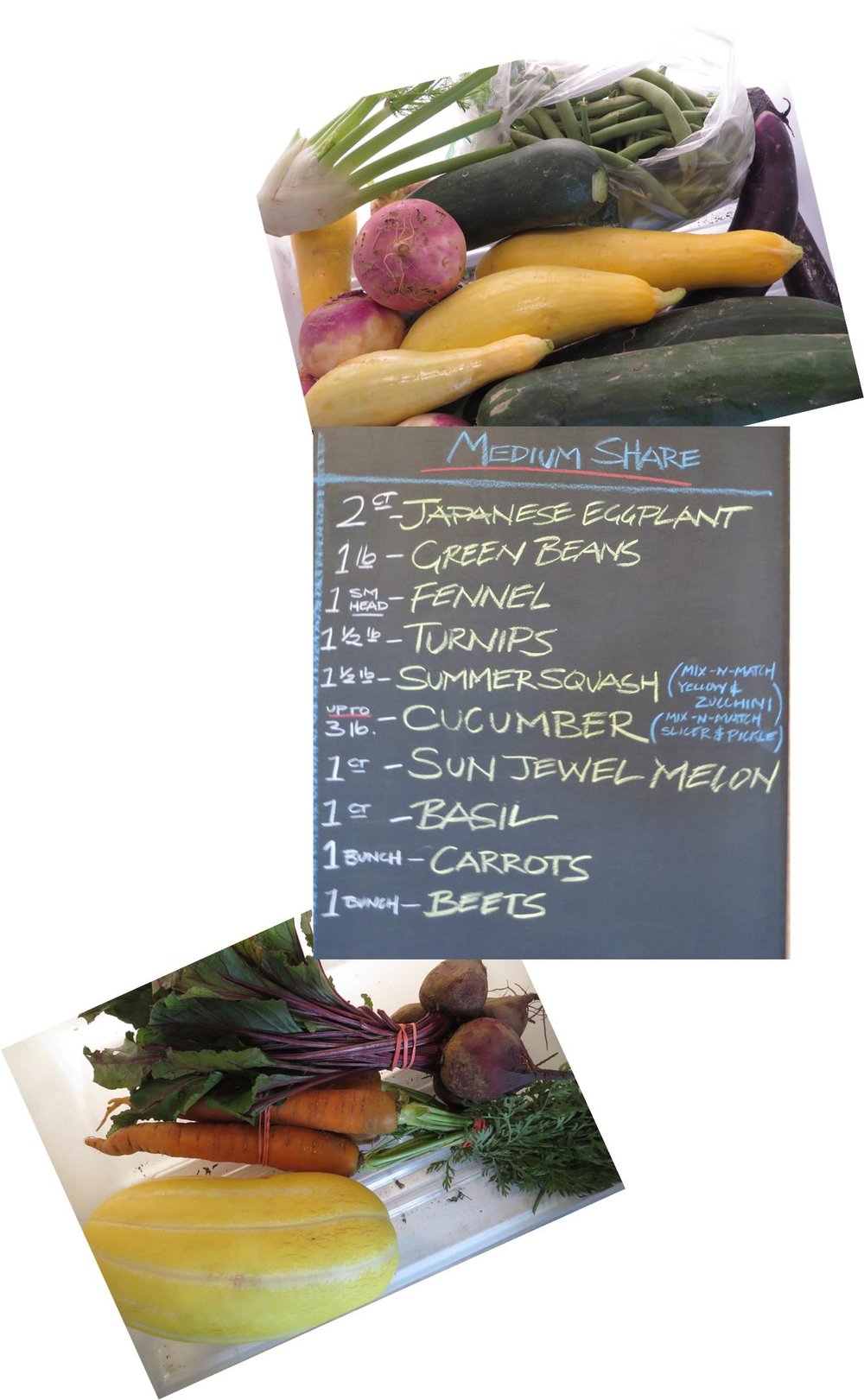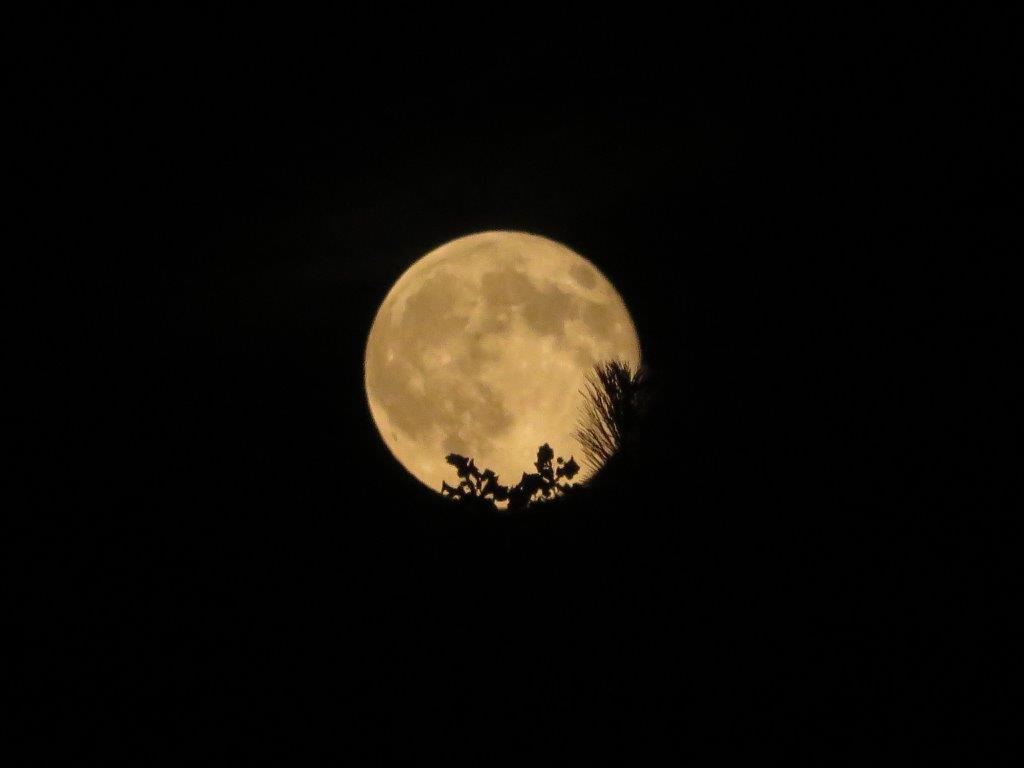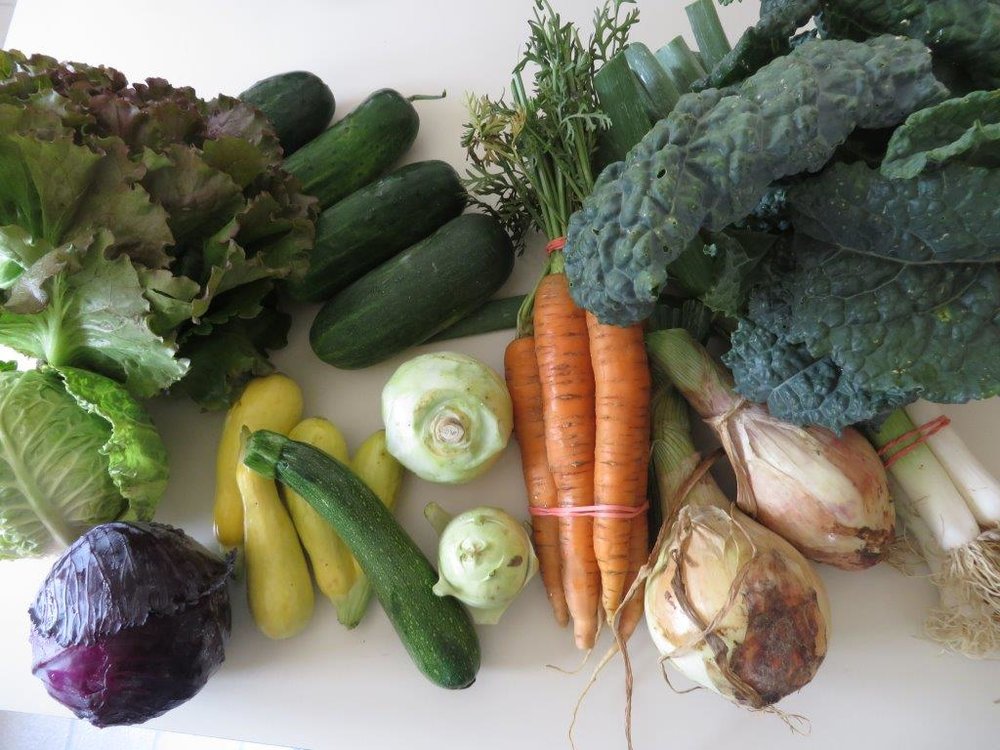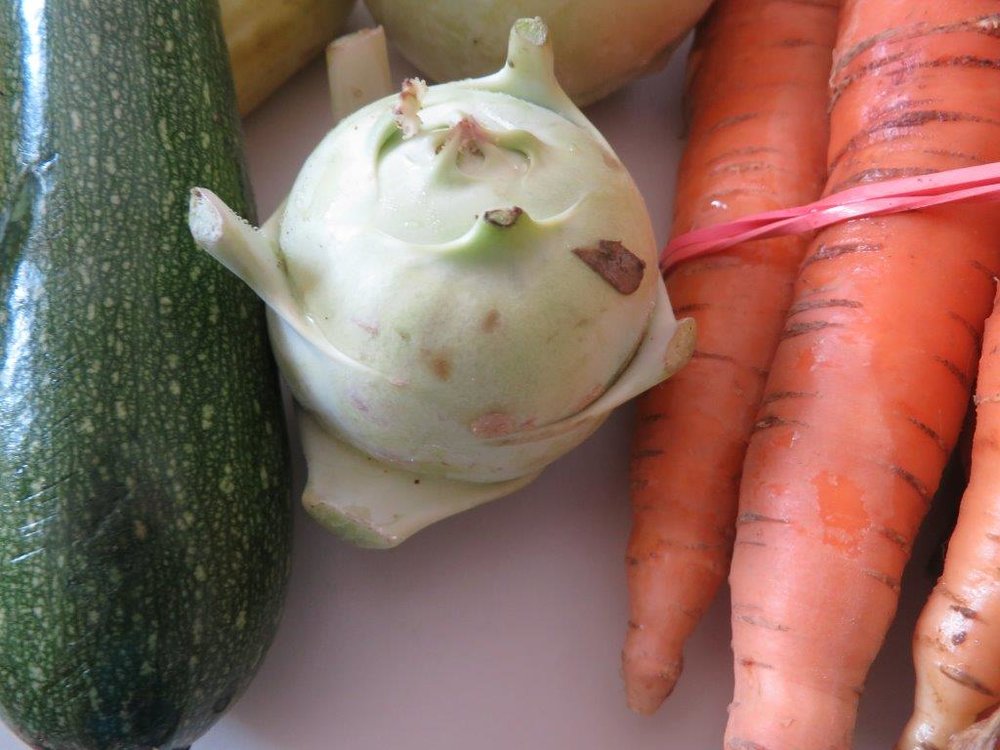Going to the grocery store has been part of my weekly routine for over 40 years. Recently - I thought about how it has changed over that time.
The stores have always been box like - with aisles. They have gotten physically larger over the years and many of them now have exposed structure in the ceiling, polished concrete floors rather than frequently scrubbed linoleum, and pallets of merchandise stacked on some of the aisles making the store take on the appearance of a warehouse. There displays that expand into the aisle and cluster in front of the cash registers have increased over the years. The refrigerator units with soft drinks in front of each aisle are relatively recent additions.
It’s not just the refrigerator units near the checkout lines that are new. Forty years ago, soft drinks were most frequently in glass although the ring top aluminum cans were becoming available. There was already almost a whole aisle dedicated to them. Much of the produce was locally seasonal - except for things like bananas which were always from far away. I lived in Texas in the early part of the 40 years, and lots of the fruits and veggies came from the Rio Grande Valley - now the sources for the produce section are worldwide although some stores are realizing that people do equate locally grown with fresh. Many stores have sections in their produce section for ‘local.’
The basic configuration of the checkout line may not have changed much but the advent of the scanners to the cash register made it possible for every checker to be as fast as the really good checker in the pre-scanner days. It was always amazing to me that some checkers in grocery stores 40 years ago knew the price of everything and could enter it very rapidly. The hiccups these days are caused by things that don’t have bar codes (usually produce) or the computer going down.
 The types of products I buy at the grocery store have increased over the years. There are more non-food items. There are many reasons. Early on things like toilet paper and shampoo were available at the grocery store but they were more expensive so I always bought them elsewhere. Grocery stories have expanded to include what used to be in a drugstore: a pharmacy, first aid supplies, over-the-counter medications, and toiletries…..and the prices are often comparable. They carry more cooking supplies now too: Pyrex and stoneware casserole plates, smoothie makers, and grill accessories. There is a seasonal aisle as well - coolers for summer, Christmas decorations in November and December. I did my a glass bowled bird bath at the grocery store last year when it went on sale….and a peacock stake for a pot in my deck garden this year. I don’t remember when stores started having greeting cards and school supplies and magazines. The space allocated had increased over the years. Now the space for greeting cards is decreasing. Last week I noticed a display of earrings. Is that a trend?
The types of products I buy at the grocery store have increased over the years. There are more non-food items. There are many reasons. Early on things like toilet paper and shampoo were available at the grocery store but they were more expensive so I always bought them elsewhere. Grocery stories have expanded to include what used to be in a drugstore: a pharmacy, first aid supplies, over-the-counter medications, and toiletries…..and the prices are often comparable. They carry more cooking supplies now too: Pyrex and stoneware casserole plates, smoothie makers, and grill accessories. There is a seasonal aisle as well - coolers for summer, Christmas decorations in November and December. I did my a glass bowled bird bath at the grocery store last year when it went on sale….and a peacock stake for a pot in my deck garden this year. I don’t remember when stores started having greeting cards and school supplies and magazines. The space allocated had increased over the years. Now the space for greeting cards is decreasing. Last week I noticed a display of earrings. Is that a trend?
Even the carts have changed. For a long time they were big metal almost rectangular baskets with a front section that flipped back to make a seat for a small child. There were some small changes: seat belts were added for the child and sometimes much of the basket was plastic rather than metal. Recently a new style of basket has been introduced: shorter in length with two tiers and no seat for a child. The cart holds almost as much as the old style cart but is more maneuverable….and I notice just about everyone that does not have a child using the new style.
Bags have changed too. Starting out there were the square bottomed paper bags. Then the thin plastic bags came along and stores defaulted to use them although the paper bags were still available. Once recycling started, I would periodically get paper bags to hold our recycled paper at home and bring bags of the plastic ones back to the store for recycling there. In the past few years I’ve started using my own bags. I tried to make the switch for produce but that was tougher; the stores don’t have an alternative for the plastic bags in the produce section. I’ve solved the problem for this summer by going to the Community Supported Agriculture...but will probably accumulate the plastic produce bags again in the winter.
When I started writing this post, I had only thought of a few changed….but now I realize that quite a lot has changed in grocery stores in the last 40 years!
 I’ve managed to empty out the crispers from the week 6 CSA share and even finish off from beet greens that I froze from an earlier week.
I’ve managed to empty out the crispers from the week 6 CSA share and even finish off from beet greens that I froze from an earlier week.


